Chapter: Biology Practicals: Collecting Biology Specimens
Kingdom Animalia - Collecting Biology Specimens
Kingdom Animalia
Organisms in Kingdom Animalia are eukaryotic. There are many organisms and phyla in Kingdom Animalia. However, for practical purposes, students will only study Phylum Platyhelminthes, Annelida, Nematoda, Arthropda, and Chordata.
The following are the features of Kingdom Animalia:
1. Animals are multicellular.
2. Animals are differentiated into tissues.
3. Animals are heterotrophic feeders.
4. Animals are capable of locomotion.
5. Animals have a nervous system (with the exception of sponges.)
Phylum Platyhelminthes
Flatworms
Phylum Platyhelminthes de ning characteristic is that their bodies are dorso-ventrally attened and most are parasitic and feed o other organisms. This phylum is divided into three classes: Trematoda (Flukes), Cestoda (Tapeworms), and Turbellaria.
1. Class Trematoda or ukes (minyoo bapa) are parasitic. They are at and use suckers to feed.
2. Class Cestoda or tapeworms (minyoo yenye pingili) are at, tape-like and have segmented or divided bodies. They are parasitic and use suckers and hooks to feed. Tapeworms live in the human intestines and a ect humans by absorbing partly digested food. They can cause disease as well as malnutrition.
3. Class Turbellaria are at and have cilia which help them move.
Collection
Flukes can be collected when a cow, pig, or sheep is slaughtered by examining the liver or intestines. There are some species of atworm that can be found in shallow tide pools along the beach.
Preservation
Organisms in Phylum Platyhelminthes can be kept in labelled air-tight con-tainers with formaldehyde solution.
Killing
Place the Platyhelminthes into a formaldehyde solution.
Dissection
You can observe the unbranched gut of a Plathelminthes by making a lateral cut along the body and observing the internal structure of the organism.
Phylum Nematoda or Ascehelminthyes
Roundworms
Phylum Nematoda, also known as Aschelminthyes, includes round parasitic worms that cause infections in humans.
The following are the features of the Phylum Nematoda
1. They have unsegmented, cylindrical bodies with pointed ends.
2. Their body is covered in a cuticle of protein.
3. They have an unbranched gut from mouth to anus.
Collection
Roundworms can be found in the stomach of sh, in soil or stagnant water, or in the intestines of locally raised chicken.
Preservation
Organisms in Phylum Nematoda can be kept in labelled air-tight containers with formaldehyde solution.
Killing
Place the Nematoda into a formaldehyde solution.
Dissection
You can observe the unbranched gut of a Nematoda by making a lateral cut along the body and observing the internal structure of the organism.
Phylum Annelida
Earthworms (Chambo) and Leeches (Ruba)
Phylum Annelida are eukaryotic organisms. Earthworms have a mouth at their anterior end and anus at the posterior end with a bulge called a clitellum in the middle that holds eggs. The earthworm uses bristles (small hair like structures) to burrow through the dirt.
The following are the features of the Phylum Annelida:
1. They are segmented. They have separate internal organs and body walls.
2. They have a thin, moist, non-chitinous cuticle.
3. Their body has external bristles.
Collection
Earthworms can be found after a rain by digging under rocks or in other damp places. Leeches can be found in a river.
Preservation
You can keep earthworms in a container with fresh soil to preserve live spec-imens. If killed, these organisms can be preserved in ethanol alcohol for a few months.
Killing
Place the Annelida into a closed bottle in which is suspended a ball of cloth or mosquito net soaked in methylated spirits. Avoid direct contact with the spirit
Dissection
You can observe the internal structures of an earthworm by making a lateral cut along the body.
Phylum Arthropoda
Organisms in this phylum have jointed appendages and an exoskeleton made of chitin. There are 5 classes in this phylum: Insecta, Crustecea, Arachnida, Diplopoda, and Chilopoda.
Class Insecta
Beetles, House ies (Nzi), Grasshoppers (Panzi), Ants (Sisimizi), and Termites (Mchwa)
The following are the features of Class Insect:
1. Insects have a head, thorax, and abdomen.
2. They have one pair of antennae.
3. They have three pairs of jointed legs.
4. Most adult insects have wings.
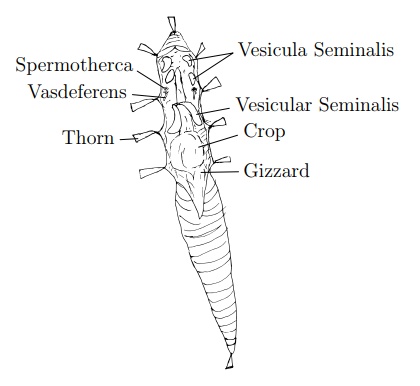
Figure 4.1: Dissection of Earthworm
Collection
Many insects can be caught in a eld using a sweep net.
Preservation
Live insects can be kept in a clear bottle and fed grass clippings. Dead insects can be preserved for a few months by placing them in methylated spirits.
Killing
Seal in an airtight container until the insect su ocates.
Dissection
First remove wings, antenae, and legs of the insect. Then cut down the sides of the insect to open the body cavity and observe the digestion and reproductive systems.
Class Crustacea
Crabs (Kaa), Prawns (Kamba), and Lobsters (Kamba Kochi)
The following are the features of Class Crustacea:
1. Crustacea have bi-forked appendages.
2. They have 2 pairs of antennae.
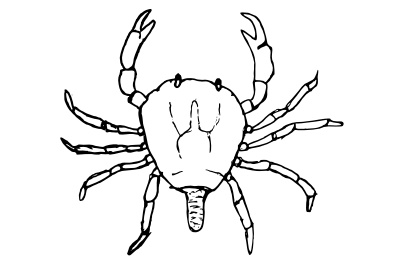
Figure 4.2: Crabs are an example of Class Crustacea
Collection
Fresh water crabs, prawns, and shrimp can be found in most rivers, lakes, dams and swamps. Otherwise, they can be purchased in many markets.
Preservation
Crustacea can be preserved in methylated spirits. Crustacea can also be dried for preservation purposes.
Killing
Crustesea can be killed by being left in an airtight container or boiled in water.
Dissection
For crabs, turn it so that its abdomen is facing up. Wedge a knife under the triangular abdomen and twist, so that the abdomen opens. Examine the internal organs.
Class Arachnida
Spiders (Buibui) and Scorpions (Nge)
The following are the features of Class Arachnida:
1. Arachnids have four pairs of jointed legs.
2. Arachnids have a cephalothorax (head and thorax) and abdomen.
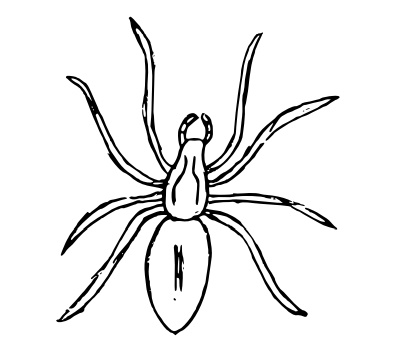
Figure 4.3: Spiders are an example of Class Arachnida.
Collection
Spiders can be found in almost any environment. Scorpions can be found in dark, dry and cool areas, usually at night.
Preservation
Arachnida can be dried or preserved in methylated spirits.
Killing
To kill Archnida, place them in an airtight container for a few days or use insecticide.
Class Chilopoda
Centipedes (Tandu)
The following are the features of Class Chilopoda:
1. Chilopoda have long bodies consisting of many segments.
2. Each segment contains a pair of legs.
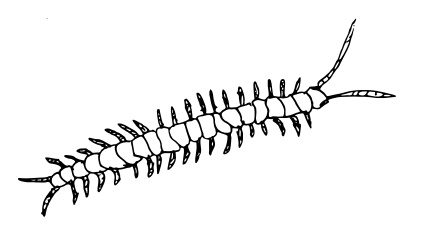
Figure 4.4: A centipede
Collection
Centipedes can be found under rocks, in tree bark, and in leaf litter.
Preservation
Chilopoda can be dried or preserved in methylated spirits.
Killing
To kill Chilopoda, place them in an airtight container for a few days or use insecticide.
Class Diplopoda
Millipedes (Jongoo)
The following are the features of Class Diplopoda:
1. Diplopoda have long bodies consisting of many segments.
2. Each segment contains 2 pair of legs.
Collection
Milipedes can be found under rocks, in tree bark, and in leaf litter.
Preservation
Diplopoda can be dried or preserved in methylated spirits.
Killing
To kill Diplopoda, place them in an airtight container for a few days or use insecticide.
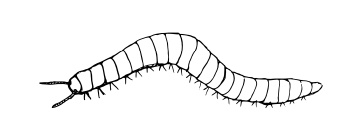
Figure 4.5: Class Diplopoda contains organisms like millipedes.
Phylum Chordata
Chordata are eukaryotic organisms that contain a backbone. These organ-isms have 4 distinct features:
1. They have a notochord in the embryonic stage. In most chordates this will be replaced with a vertebral column.
2. They have a nerve chord.
3. They have gill slits during the embryonic stage.
4. They have a tail which is behind the anus.
In this phylum, there are 6 classes: Chondrichthyes, Osteichthyes, Am-phibia, Aves, Reptilia, and Mammalia.
Class Chondrichthyes
Sharks (Papa), Skates (Taa), and Rays
Chondrichthyes are also known as cartilagous sh. Chondrichthyes include sharks, skates, and rays.
The features of Class Chondrichthyes are:
1. The skeleton is made of cartilage.
2. The body is covered with placoid scales.
3. The tail n is asymmetrical.
4. The gill slits are visible.
5. The mouth and two nostrils are centrally placed.
6. They are cold blooded or ectothermic. This means their body temper-ature changes with the environment.
Collection
Chondrichthyes can be found in most sh markets by the ocean.
Preservation
Chondrichthyes can be preserved in a formaldehyde solution.
Killing
Chondrichthyes can be killed by removing them from water.
Dissection
For sharks, make a lateral cut from the mouth down to the anus. Make another cut from the left pectoral n to the right. Peel back the layer of skin and examine the internal organs. You can also examine the brain by shaving o thin layers from the top of the head until you reach the brain.
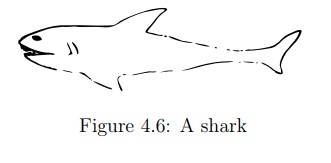
Figure 4.6: A shark
Class Osteichthyes
Tilapia (Sato) and small sh (Dagaa)
Osteichthyes are also known as bony sh. The following are the characteris-tics of Class Osteichthyes:
1. The skeleton is made of bone.
2. The body is covered with scales.
3. The gills are covered by an operculum.
4. The tail n is symmetrical.
5. Most have an air sac or swim bladder.
6. They are cold blooded or ectothermic. This means their body changes temperature with the environment.
Collection
Osteichthyes can be found in both fresh water and the ocean. Fresh killed sh can also be purchased at the sh market.
Preservation
Osteichthyes can be preserved in a formaldhyde solution. Ostechithyes can also be dried and smoked. To smoke a sh, make a re and put sh on a rack over the re. Smoke the sh until it is dry. This takes from hours to days depending on the size of the sh.
Killing
Osteichthyes can be killed by removing them from water.
Dissection
Make a lateral cut from the mouth to the anus of the sh. Open the cut and observe the digestive system. Then, peel back the gill cover, operculum, and observe the structure of the gills.
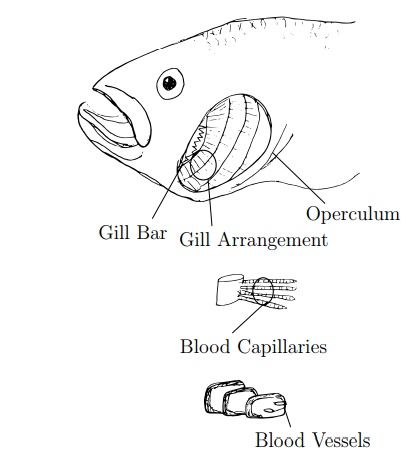
Figure 4.7: Have students observe and identify the gills of a sh.
Class Amphibia
Frog (Chura wa majini), Toad (Chura wa nchi kavu), and Salaman-der (Boromondo au Tunutunu)
The features of this class are:
1. They have to spend part of their life in water during the larva stage.
2. Their skin is always moist and without scales.
3. Their life cycle involves a form called a tadpole.
4. They are cold-blooded or ectothermic.
Collection
These organisms can be found near rivers or ponds. Toads can also be col-lected at night during the rainy season. Use cages or sweep nets to capture amphibians.
Preservation
Make an aquarium or pond for live specimens, providing small insects for food and a source of water. For the preservation of dead specimens inject formaldehyde or leave in the sun for a few days until they are dried.
Killing
To kill Amphibians, keep them in an airtight container or prick their head with a nail or pin.
Dissection
For frogs, make a lateral cut from the mouth to the anus. Then make two intersecting cuts, one that is under the arms and one that is above the legs. Peel back the layer of skin and observe the internal organs.
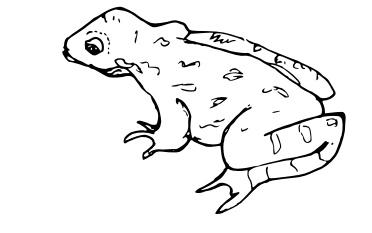
Figure 4.8: Frogs have moist skin and are ectothermic.
Class Reptilia
Lizards (Mjusi), Crocodiles (Mamba), Snakes (Nyoka), Turtles (Kasa), and Tortoise (Kobe)
The following are the features of Class Reptilia:
1. They have dry skin with horny scales.
2. They are cold blooded or ectothermic.
3. They lay their eggs on land and the eggs have a soft shell.
Collection
Reptiles can be found on rocks or in caves, inside cracks in the wall, forests, and in or nearby rivers and lakes.They can be collected by using sweep nets, traps, or shing nets.
Preservation
Live specimens can be held inside a cage or aquarium. Snakes should be fed small rodents and turtles can be given grass or leaves. For dead specimens, preserve them by placing them in an airtight container with formaldhyde solution.
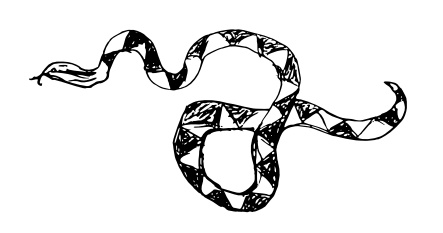
Figure 4.9: Snakes are an example of a reptile.
Killing
Reptiles can be killed by placing them in an airtight container, submerging them in bucket of water, or hitting the back of their head with a pin or nail.
Dissection
For dissection, follow the same guidelines as amphibian dissection.
Class Aves
Eagle (Tai), Owl (Bundi), Crow (Kunguru), and Chicken (Kuku)
Class Aves contains the organisms commonly known as birds. The following are the features of Class Aves:
1. Their body is covered with feathers.
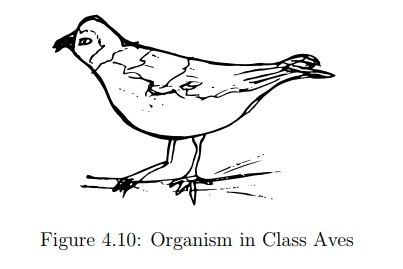
2. They have wings.
3. They have a bill or beak.
4. They lay hard-shelled eggs.
5. They are warm blooded or homothermic, which means they maintain a constant body temperature.
Collection
Chicken are kept domestically and can be easily purchased or raised. Wild birds usually live in the forest and can be killed using a sling shot or captured live with the use of a sweep net or shing net.
Preservation
To preserve dead specimens, place them in an airtight container with formalde-hyde solution. You can also keep and dry bones of dead bird for studying.
Killing
To kill birds, break their neck, drown them in water, or use a slingshot.
Dissection
Make a lateral cut starting at the lower abdomen up to the sternum. Cut through the rib cage and pin it back to the dissection tray to examine the heart, respriatory system, and digestive system.
Mammalia
Rats (Panya), Cats (Paka), Goats (Mbuzi), Bats (Popo), Whale (Nyangumi), and Humans (Binadamu)
The following are the features of Class Mammalia:
1. They have a developed brain.
2. They have hair or fur on their body.
3. They have mammary glands which in females, produce milk.
4. They have teeth.
5. They have a diaphragm.
6. They are viviparous, which means the fetus develops inside the mothers body.
7. They have sweat glands.
8. They are warm blooded or homoeothermic.
Collection
Rats can be captured overnight using a trap. Bats can be collected during the day, when they are sleeping, by using a sweep net.
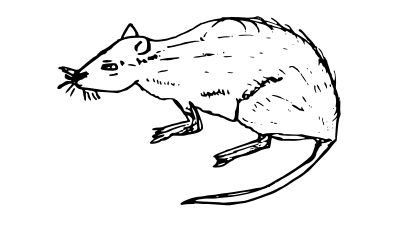
Figure 4.11: Rats are a common example of a mammal and can be used in many dissection activities.
Preservation
Mammals can be preserved in a formaldhyde solution.
Killing
Specimens should be killed by drowning. Place the mammal inside a cage or trap and submerge in a bucket of water. Wait at least 10 minutes. After the animal is dead, add one cap full of bleach for every ve litres of water in the bucket (e.g. 2 caps of bleach for a 10 litre bucket). Stir the contents of the bucket. Wait 20 minutes. The bleach will kill harmful organisms on the outside of the specimen.
Dissection
Make a lateral cut from the mouth to the anus. Then make 2 cuts, one from hand to hand and another from foot to foot so that both cuts cross the rst lateral cut. Separate the skin and pin it to the dissection tray to examine the internal organs.
Related Topics